Creator:
Jean Mas
Performer:
Jean Mas
Bibliographical sources:
cité in Jean Mas, trente ans de Performas, Alain Amiel, 2008
Occurence:
Places:
Starting date:
05 30 1995
Topology:
Background:
As part of a psychoanalysis seminar led by Patrick Amoyel.
Adress:
Nice
FranceJean Mas | Les trois petits cochons / Formule de l'enfant / Exorcisme, 1995
Synopsis / Description:
Capture vidéo de la performance de Jean Mas à la Faculté des Lettres, Arts et Sciences Humaines de Nice.
Extrait du film "Un 'Peu' de Jean Mas".
Performances:
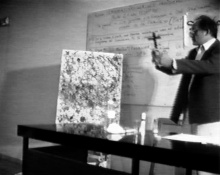

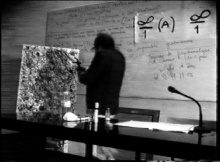

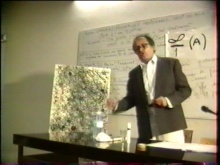

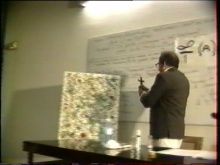

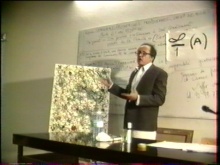

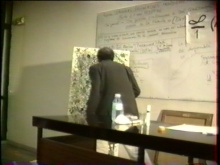

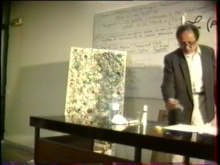

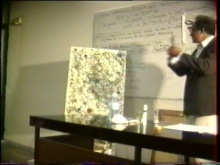

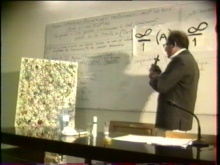

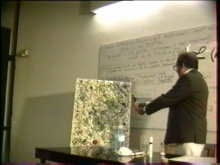

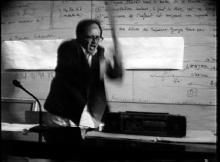

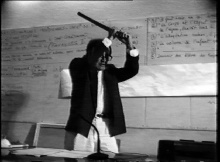

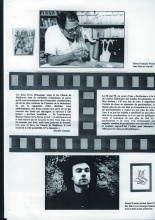

 ''
''